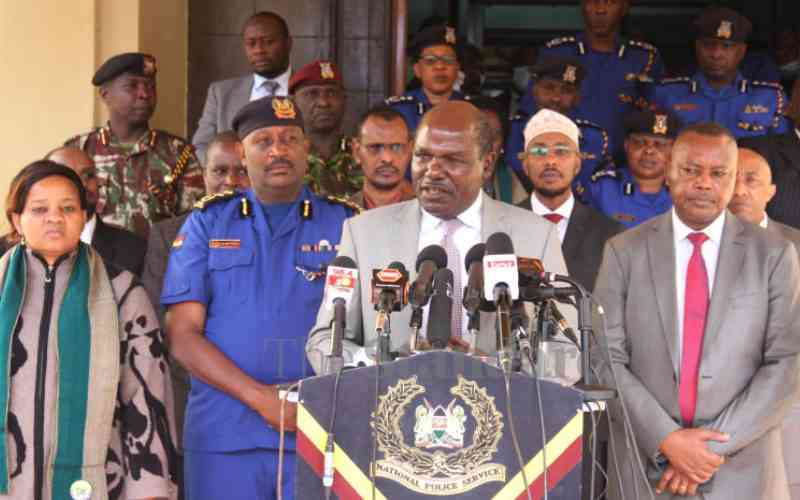×
The Standard e-Paper
Home To Bold Columnists

The electoral commission and representatives of presidential candidates will today iron out issues raised about the printing of two sets of Forms 34A, the statutory results declaration forms at the polling station.
Independent Electoral and Boundaries Commission CEO Marjan Hussein Marjan yesterday sent invites to the four camps, following protests by the leading presidential candidates, who only learnt of IEBC'S move to print the two sets during a recent visit to the printer in Greece.